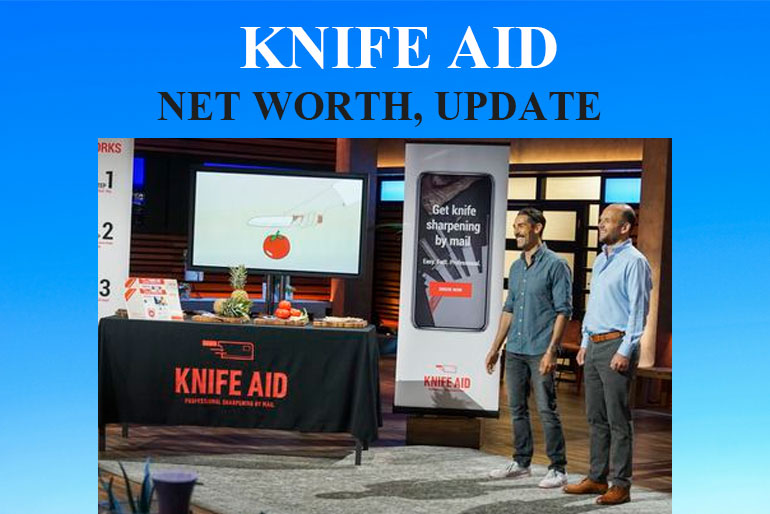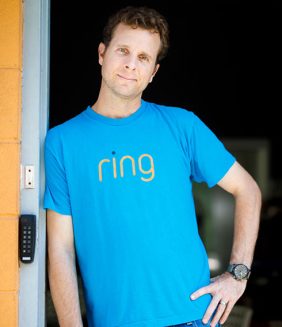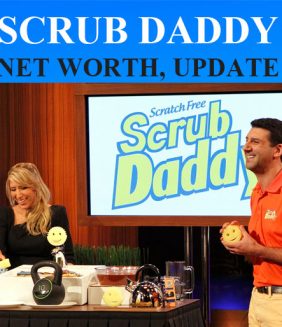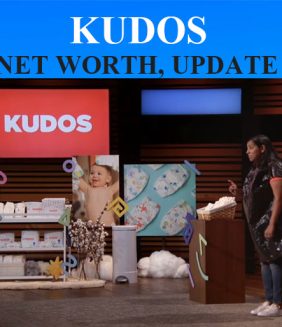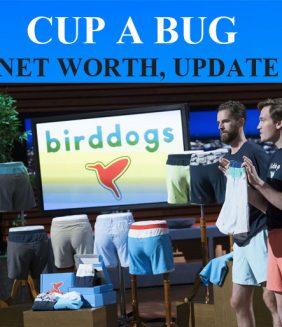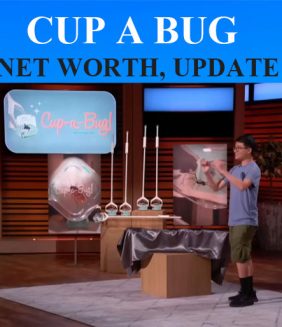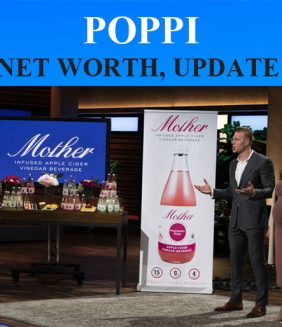Few “Shark Tank” moments are as lively as the swirl that formed around Knife Aid in October 2019. When founders Mikael Soderlindh and Marc Lickfett pitched their mail-in knife-sharpening idea, four of the five Sharks actually followed them into the hallway—breaking an unwritten rule of the show—to keep the deal from slipping away. Lori Greiner and guest Shark Rohan Oza finally secured the handshake for $500,000 in exchange for 20 percent equity, pegging Knife Aid’s valuation at roughly $2.5 million in that dramatic scene.
Today—six years later—the company is still slicing along, generating an estimated $2 million in annual revenue and sporting an outside valuation that some business writers place in the $20 million-to-$35 million range.
How the idea was born
Both founders are Swedish serial entrepreneurs. Soderlindh co-created the global sock brand Happy Socks, while Lickfett previously ran the U.K. art-print retailer King & McGaw. During a California backyard barbecue in 2018, they realized that sharpening a dull kitchen knife was surprisingly hard for the average home cook. Traditional sharpening shops had all but vanished, and inexpensive pull-through gadgets rarely restored a truly sharp edge. That gap led to a simple premise: let customers drop their knives in the mail, then send the blades back factory-sharp within a week.
The Shark Tank pitch recap
- Ask: $400,000 for 15 %
- Sales before filming: $120,000, with $37,000 in the month prior
- Final handshake: $500,000 for 20 % (Greiner + Oza)
Kevin O’Leary, Barbara Corcoran, and Rohan Oza each offered rival terms, while Mark Cuban sat back and called the scramble “desperate.” The hallway pursuit—captured on camera—later re-appeared in Shark Tank’s “Greatest Shark Attacks” special.
Although the televised handshake thrilled viewers, Knife Aid ultimately did not close that exact deal; instead, it leveraged the national exposure to secure alternative investment and press coverage.
How the service works
Knife Aid’s promise is plain: Easy. Fast. Reliable.
- Order online. Choose a one-time package (four to 14 blades) or a quarterly/annual subscription.
- Receive, pack & ship. A puncture-proof sleeve slips into a prepaid, insured mailer; the customer pops it in any mailbox.
- Professionals sharpen. Skilled knifesmiths reset angles and hone each edge.
- Unpack & enjoy. Blades return razor-sharp—usually inside seven days.
Sharpening starts at about $12 per knife, and optional repairs for chips or bent tips cost $10 per blade.
Growth milestones since the show
| Year | Milestone |
|---|---|
| 2020 | COVID-19 cooking boom lifts direct-to-consumer orders. |
| 2021 (Dec.) | Co-founder Soderlindh exits day-to-day operations, leaving Lickfett as CEO. |
| 2023 (Sept.) | First brick-and-mortar workshop opens in Agoura Hills, CA—local walk-ins welcome. |
| 2024 | Second workshop launches in Pleasantville, NY, reducing East-Coast turnaround time. |
| 2024-25 | Annual revenue steadies around $2 million; subscription bundles and gift cards become key repeat-purchase drivers. |
Social-media outreach fuels much of that growth. Knife Aid’s Instagram has topped 16k followers, peppered with before-and-after blade photos and limited-time promo codes.
The numbers behind today’s valuation
| Metric | 2019 (on air) | 2025 estimate |
|---|---|---|
| Valuation | ~$2.5 M (post-money) | $20-35 M range |
| Annual sales | ~ $0.1 M (pre-show) | ~$2 M |
| Physical footprint | 0 workshops | 2 U.S. workshops |
Several factors underpin that higher 2025 price tag:
- Recurring revenue. Subscription sharpening locks in predictable cash flow.
- Barriers to entry. Skilled sharpening remains labor-intensive and brand-trust driven.
- Media moat. Endless reruns of the Shark Tank episode spike visits every airing, giving Knife Aid low-cost acquisition bursts.
- Sustainability tailwinds. Consumers increasingly prefer repairing tools over replacing them.
That said, the $20-35 million estimate is unaudited; it’s a journalist’s outside calculation based on revenue multiples typical of niche e-commerce brands (10-15× EBITDA or ~10-12× trailing sales for fast-growing DTC retailers).
Leadership & culture
After Soderlindh’s departure, Marc Lickfett and his wife Deborah steered day-to-day operations, focusing on artisan training and “Razor Sharp Guarantee” branding. Lori Greiner and Rohan Oza remain informal advisors—especially on packaging and influencer partnerships—even though the original equity papers never closed.
Knife Aid’s crew of professional sharpeners now blends European journeyman techniques with modern belt systems. By keeping the craft in-house rather than outsourcing overseas, the brand sustains a quality narrative that resonates with premium knife owners.
Customer experience
Turnaround averages three to nine days door-to-door in the continental U.S., thanks to USPS Priority shipping and regional workshops. Customer testimonials on KnifeAid.com and independent reviews consistently praise two things: edge quality and convenience. Less flattering comments mention occasional subscription billing missteps—inevitable pain points as the firm layers software atop a craft business—but the overall satisfaction score hovers in the “good” range on Trustpilot.
Challenges on the horizon
- Capacity bottlenecks. Each blade still requires human skill; scaling without diluting quality is tricky.
- Rising shipping costs. Free, insured round-trip postage is core to the value proposition, yet USPS and fuel surcharges threaten margins.
- Copycat services. The Shark Tank spotlight inspired several mail-in sharpeners and mobile vans, nudging Knife Aid to differentiate through subscriptions, corporate gifting, and celebrity-chef endorsements.
- Global expansion questions. Canadian pilots have been teased on social media, but international customs rules for edged tools are complex.
What’s next?
Knife Aid’s roadmap hints at three growth levers:
- Regional micro-shops in high-population metros—Atlanta and Chicago are rumored candidates.
- B2B programs for restaurant groups and culinary schools, offering monthly bulk sharpening.
- Sustainability storytelling, positioning sharpening as the antidote to throw-away kitchen culture.
Given the brand’s proven ability to turn TV pop culture into traffic spikes—and a widening social emphasis on reuse rather than replace—its upward trajectory seems grounded in more than hype.
Bottom line
Knife Aid began with two surfers, a handful of dull knives, and an idea so straightforward that four Sharks broke ranks to chase it down. Six years on, the firm sits comfortably in the low-eight-figure valuation neighborhood, turning a once-niche craft into a national convenience service while keeping its messaging disarmingly simple:
Sharp knives, back in your drawer within a week—no fuss, no jargon, just better cooking.
For now, that promise remains Knife Aid’s sharpest edge in a crowded kitchen-goods landscape.


